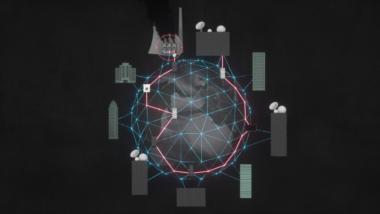Chris Anderson hat über „A business model for open source hardware“ gebloggt. Dabei unterscheidet er zwischen drei Möglichkeiten und rechnet alles betriebswirtschaftlich vor:
The Forty Percent Model
This model is based on a simple rule: transparency about costs and a choice between paying us to make the product or doing it yourself.
The Third-Party Catch
Okay, the above is a great model when you’re just selling from your own website. But what if you want your product sold through third-party retailers, who can collectively have far greater reach than any one company? Then the economics get a little more complicated because you need two 40% profit margins, one for you and one for the retailer.
The final model: Semi-Transparent Pricing
This is what we settled on:
1. Disclose the prices for components in single-unit quantities and link to sources people can buy from, but do not list our volume discount prices.
2. Set our direct sales price as the sum of the single-unit prices (call that “apparent cost”) plus 66%. However, our actual costs are lower due to our volume discounts, so our actual margin is higher. The point, however, remains: we will only charge 66% more than it would cost you to DIY.
3. Our wholesale price is the apparent cost, allowing retailers to add the 66% markup for themselves. Our own profit comes from the difference between the apparent cost and whatever our real cost is with volume discounts. The harder we push on those discounts, the more money we make.




0 Ergänzungen
Dieser Artikel ist älter als ein Jahr, daher sind die Ergänzungen geschlossen.